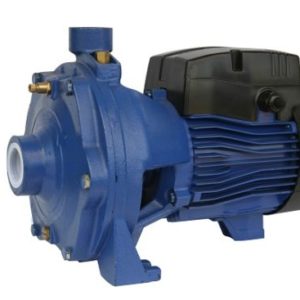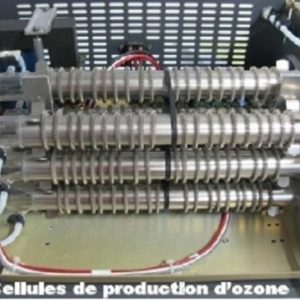Description
This discussion provides guidance for the design of pipelines. Pipelines are typically either interterminal pipelines which are cross country and connect installations, or installation pipelines which connect petroleum-oil-lubricants (POL) facilities within an installation. The primary differences are that interterminal pipelines cross public and private properties, streets, highways, railroads, and utility rights-of-way, whereas installation pipelines do not. Interterminal pipelines may be dedicated lines connecting two or more facilities or privately owned common carrier lines serving several shippers. In some cases, the shipping facility may consist of a relatively short spur which delivers the fuel to the suction side of a pumping station which is part of the main line of a larger pipeline system. Pipeline receiving and dispensing facilities are normally part of a bulk fuel storage facility.
Course Outline
1. INTERTERMINAL AND INSTALLATION PIPELINES
2. GROUND PRODUCTS FUELING FACILITIES
This course will give engineers and others an introduction to piping systems for petroleum fuel handling applications.
- Learn the fundamentals of fuel desegregation;
- Learn about the application of positive displacement flow meters;
- Learn about where and when to install isolation valves;
- Learn about application of ball valves;
- Learn about the different types of valve operators;
- Learn about check valve applications; and
- Learn about isolation valves.
 E - 1391 Basics of Wastewater Collection System
1 × $75.00
E - 1391 Basics of Wastewater Collection System
1 × $75.00  E - 1367 Underground Construction and Tunneling Safety
1 × $75.00
E - 1367 Underground Construction and Tunneling Safety
1 × $75.00  E - 1382 BMP & Erosion Control for Transmission Tower and Line, Construction and Maintenance
1 × $300.00
E - 1382 BMP & Erosion Control for Transmission Tower and Line, Construction and Maintenance
1 × $300.00  E - 1394 Eyewash and Safety Shower Facilities
1 × $25.00
E - 1394 Eyewash and Safety Shower Facilities
1 × $25.00 

 E - 1391 Basics of Wastewater Collection System
E - 1391 Basics of Wastewater Collection System 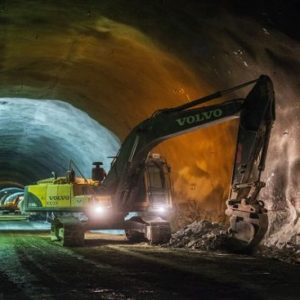 E - 1367 Underground Construction and Tunneling Safety
E - 1367 Underground Construction and Tunneling Safety 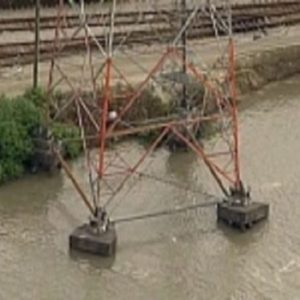 E - 1382 BMP & Erosion Control for Transmission Tower and Line, Construction and Maintenance
E - 1382 BMP & Erosion Control for Transmission Tower and Line, Construction and Maintenance 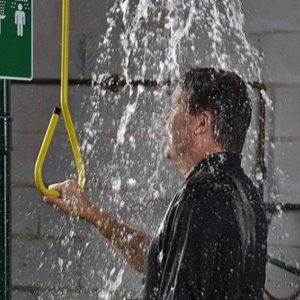 E - 1394 Eyewash and Safety Shower Facilities
E - 1394 Eyewash and Safety Shower Facilities 
